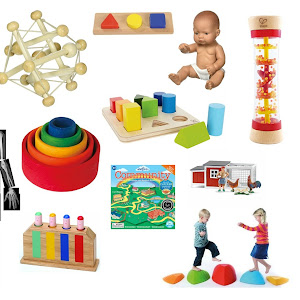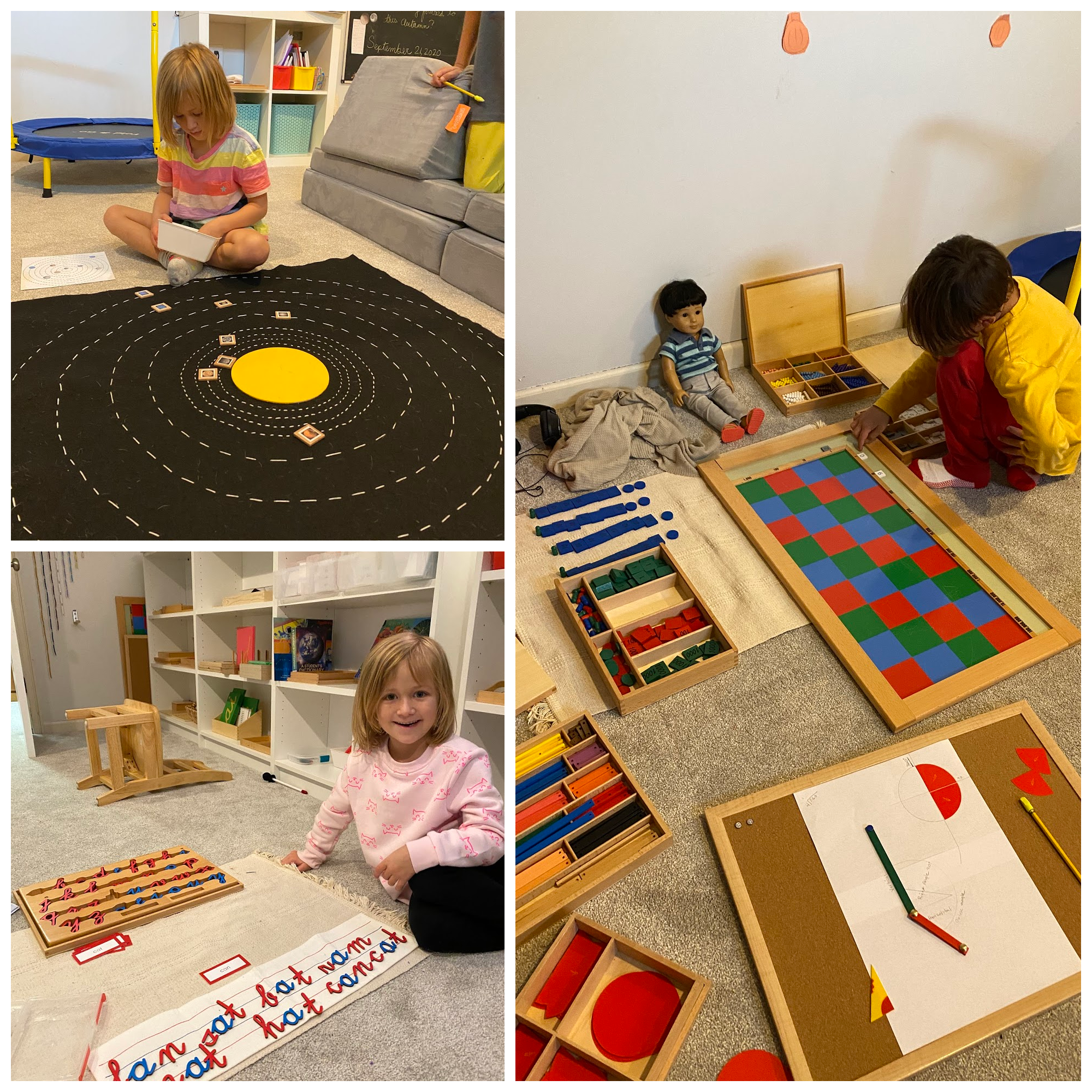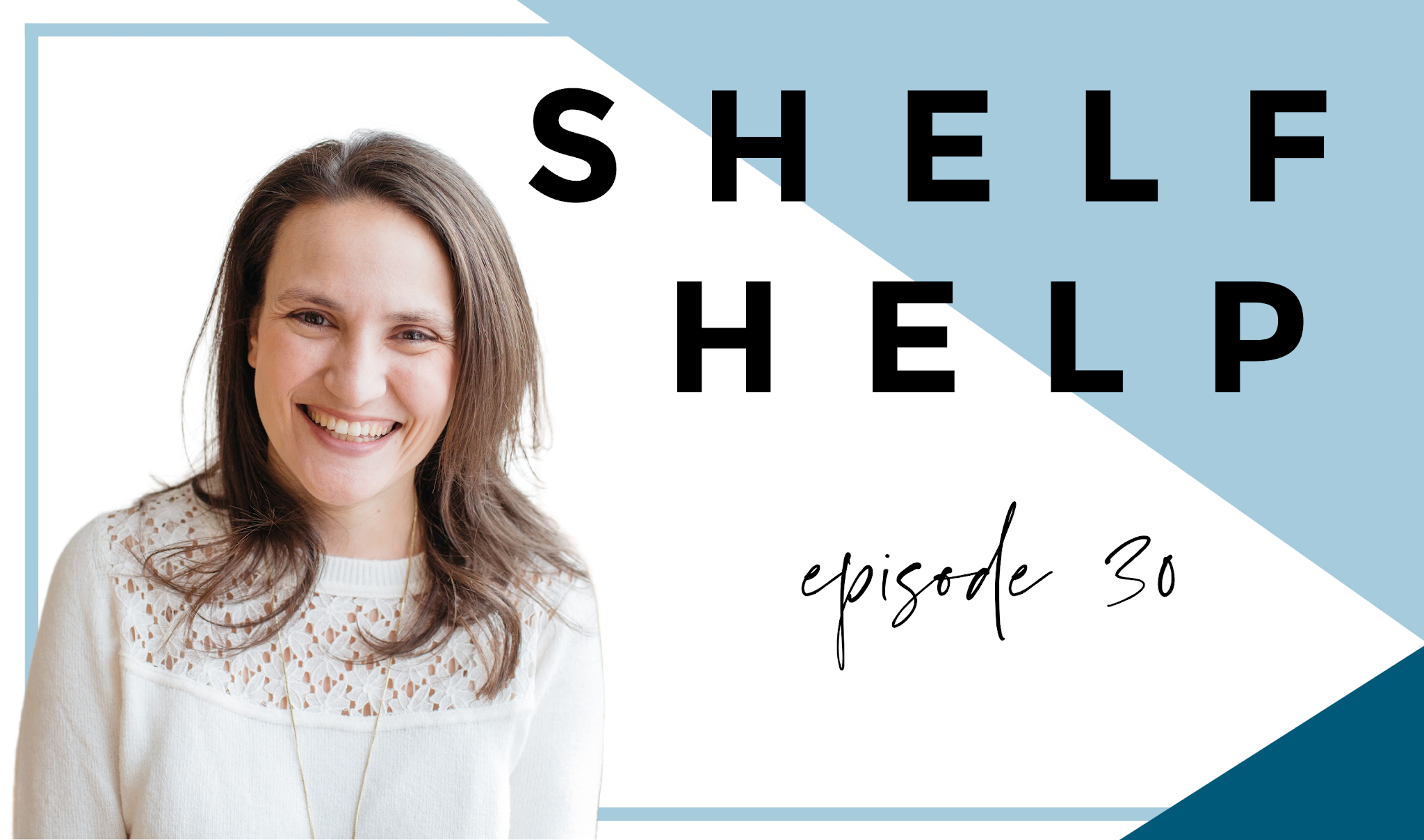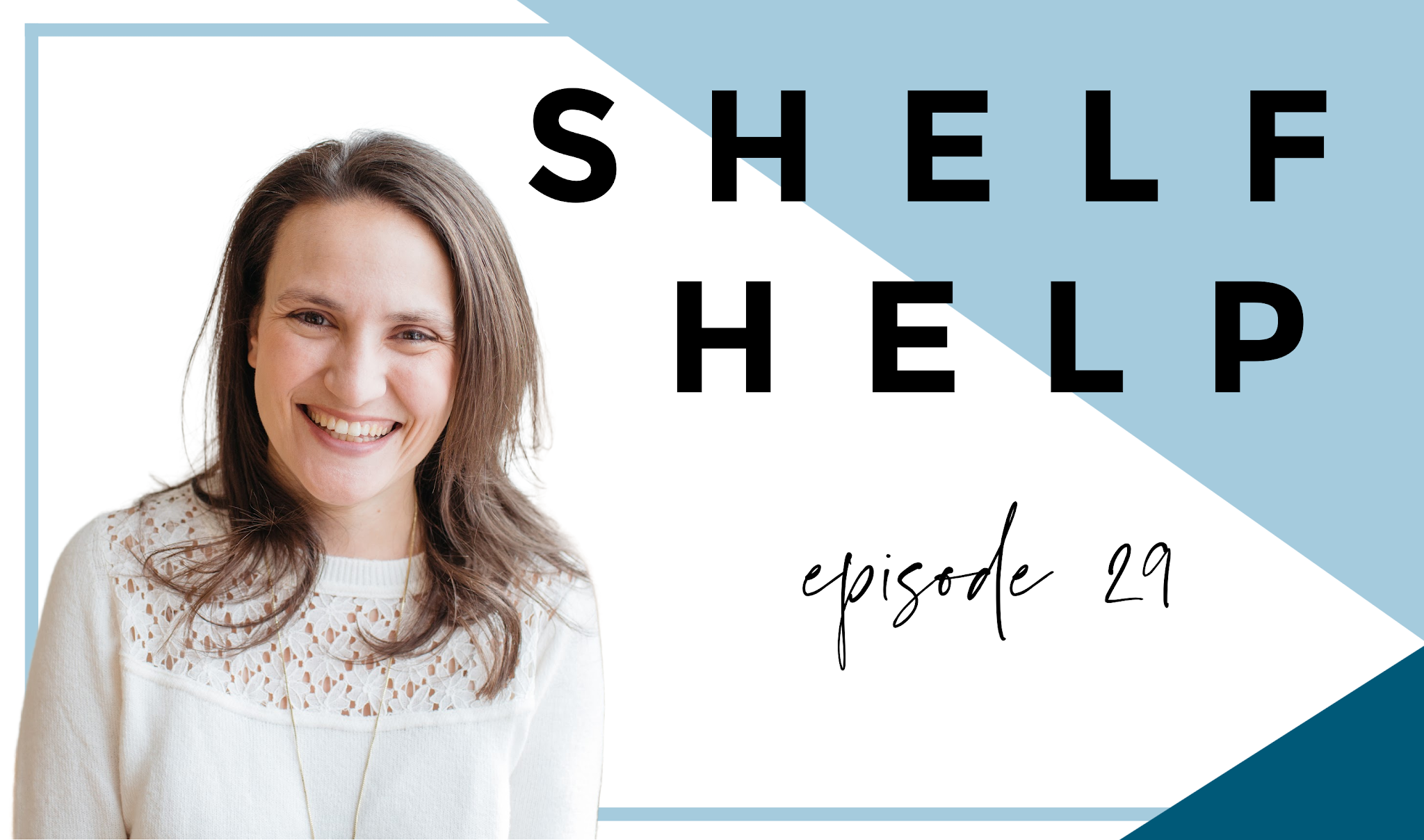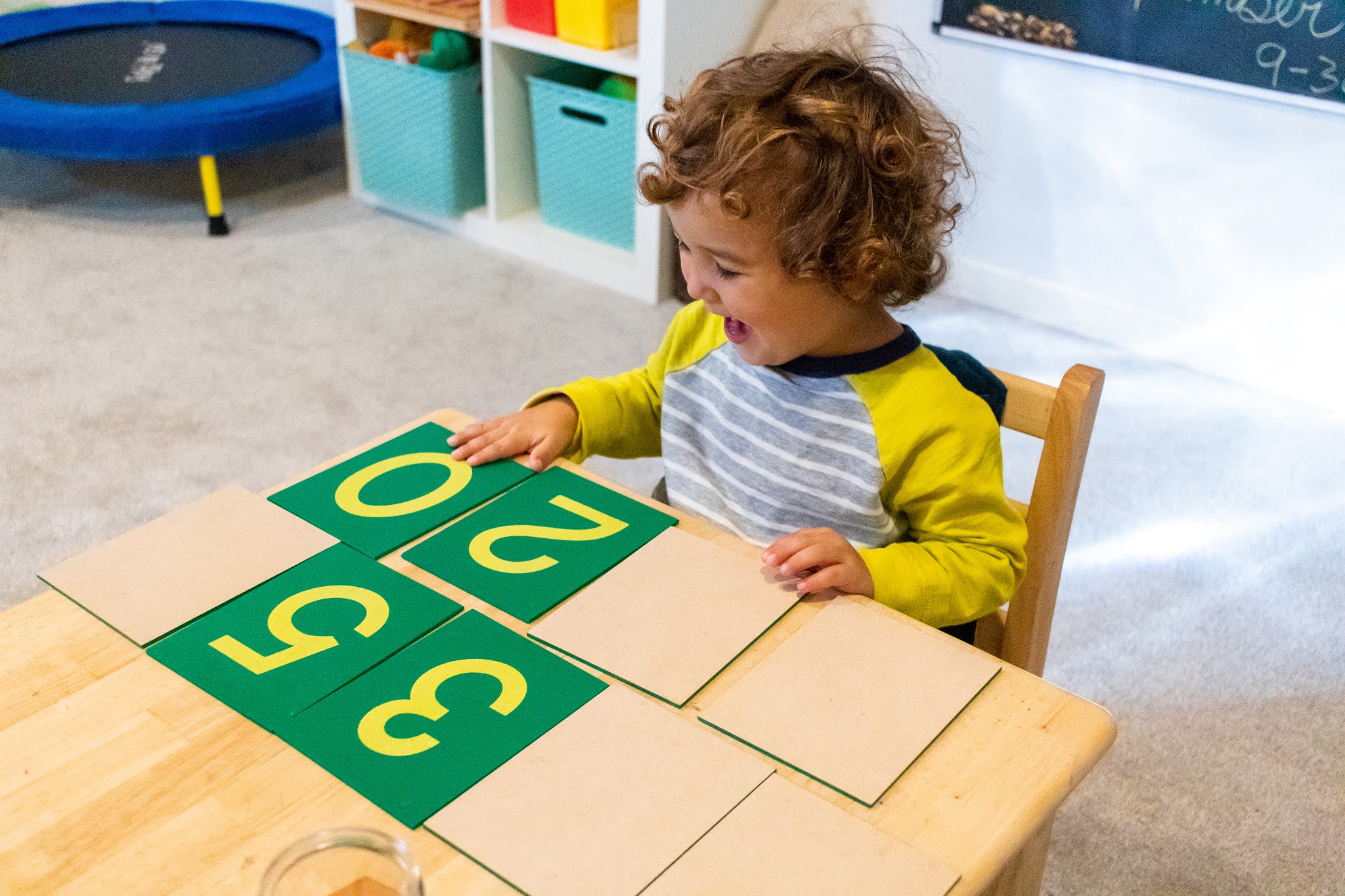I can't believe that in less than a month, sweet baby Gus is going to be 4-years-old. Time really flies! I thought I would share some of the things that have been on Gus' shelves over the last couple of months. Gus is my only child that is going to school (with precautions) in person. So, these are things that support his interests but aren't necessarily traditional Montessori materials. This post contains affiliate links at no cost to you. 1. Tool Kit Builder : he uses this to make patterns with the blocks and screws. The set allows for 3D building which is also fun! 2. Halloween punch and some black paper: The shapes have been fun to glue! 3. An old DIY for Autumn : this is so great for finger strength and control 4. Magnetic Sort - a bunch of things to sort into magnetic or non-magnetic 5. Sandpaper letters - I rotate between these as we talk about letters and letter sounds 6. Transparent pattern blocks - These are great for talking about shapes, but also j...
